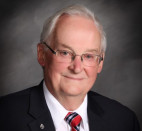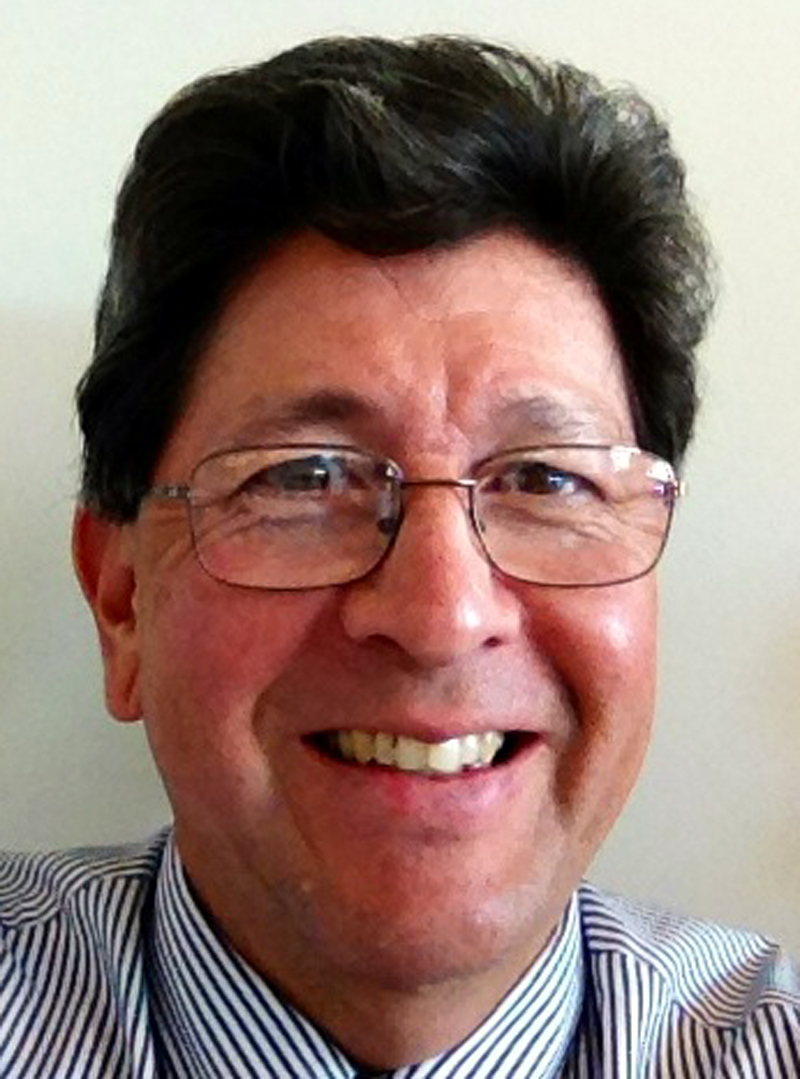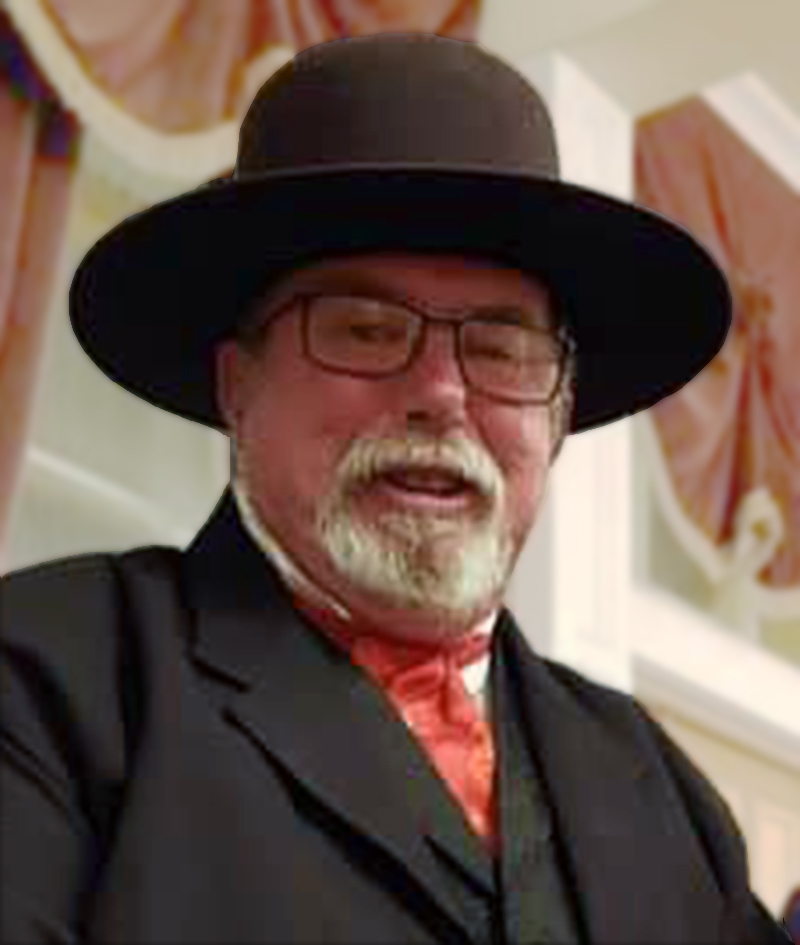 As I get ready to follow the proposed route of the High Speed Rail that California is wanting to build, I was given a column published in the Chico Enterprise-Record. Mr. Thomas Elias has brought up a simple solution to many of the route problems.
As I get ready to follow the proposed route of the High Speed Rail that California is wanting to build, I was given a column published in the Chico Enterprise-Record. Mr. Thomas Elias has brought up a simple solution to many of the route problems.
This is one of those times when you look at a solution like this and really have to question how all of the millions already spent on High Speed Rail studies hadn’t seen this before. Such a simple solution using land the state of California already owns. You won’t believe how simple this seems.
I remember way back when Disneyland first got the Monorail and soon after, Seattle had the World’s Fair in 1962 and also had a monorail line. Everybody was all enthused and excited about this wonderful form of transportation. One plan was to run monorail lines down the middle of the freeways. So simple. Appears easy. Never done.
Now along comes Mr. Elias and asks the logical question: “Why not run the HSR in the already owned state property between the north- and southbound lanes of Interstate 5? Beats having to buy a lot of land, and the only problem would be getting over or through the Tehachapi Mountains. That is an engineering problem that I’m sure can be solved. If man can go to the moon, we for sure can have a ‘bullet train’ climb up and over those mountains.”
The guy has a valid point. Instead of fighting hundreds of farmers and the politicians who represent them, use the land we already own.
I do see one problem: Folks on the I-5 wanting to race the train. Sounds like fun to me. Not.
I’ve read his column a number of times now, and he has a great idea. He has stated that the proposed stations in Fresno and Merced would be eliminated, so that is also a huge cost savings. By cutting out those stops, the train may be faster than taking a plane.
But it might not solve our problems here in the SCV if the HSR Authority still wants to go to Bakersfield and follow the currently proposed route south from there. Yes, over the mountains from Bakersfield to Palmdale.
Keeping the train out of our valley isn’t going to be easy. Boring a tunnel through the recently authorized San Gabriel Mountains National Monument might not be possible. Can a tunnel be punched through land so designated? We just don’t know.
If they can bypass all of those towns along the proposed route and just follow I-5, the disruption to farms, ranches, wildlife and people would be minimized. Or eliminated.
 In reality, the tracks would go on the side of the interstate. Makes it easier to build without having trucks and other equipment crossing the state’s main transportation corridor.
In reality, the tracks would go on the side of the interstate. Makes it easier to build without having trucks and other equipment crossing the state’s main transportation corridor.
Turns out, there are a lot of people wanting to use this route if it is going to be built. It gets back, as always, to the one question that hasn’t really been answered: Do we really need the HSR?
I’ve been talking with some people along the planned route. Those people are none too happy. Farmers who will have good farmland lost to the train. Cities that will have tracks running through major commercial areas. Wetlands destroyed and wildlife disturbed. The migration route for ducks and geese will be disrupted because the train runs through the Pacific flyway for those critters.
There is one other little problem with the train that is voiced by just about all those along the route. Another very simple question. How many people will ride it? If it is anything like the trains in Europe, it will be transportation for tourists and will have to be heavily subsidized by the state. Without subsidies, it can’t run, because even if there are a lot of riders thinking about riding it, the price will be far too high.
We voted to fund HSR, partially, in 2008, and here we are a little over six years later no track has been laid. Gee, Mr. Brown, the first transcontinental railroad didn’t take that long to build – and those builders used horses and hand tools, and they weren’t a government-owned operation. And it didn’t take the 3 million people the HSR Authority says will be employed to build it. That first rail line across the United States in 1867 maybe used a total of 20,000.
I just can’t figure out where all those other folks are going to be employed on the line. Maybe the folks of the HSR Authority should read an excellent history of that first rail line to the East. Steve Ambrose wrote the book, “Nothing Like It in the World,” and it shows what it really takes to build such a railroad.
Did I tell you they built that road without computers? Or cell phones? Just the telegraph system.
And if you want to get from Los Angeles to San Francisco in three hours, take a plane. Won’t cost any more, and it is privately owned. What a concept.
The other fact that also sits in glaring and stark reality: If a high-speed train were financially lucrative and possible, the existing railroads would have built it long ago and would still be operating it.
And that is why you have to ride a bus between Glendale and Bakersfield to take Amtrak from Los Angeles to points north. We all know how financially stable Amtrak is, and how so many people love to ride it. When was the last time you rode that train?
Yep, I thought so.
Darryl Manzer grew up in the Pico Canyon oil town of Mentryville in the 1960s and attended Hart High School. After a career in the U.S. Navy he returned to live in the Santa Clarita Valley. He can be reached at dmanzer@scvhistory.com. His older commentaries are archived at DManzer.com; his newer commentaries can be accessed [here]. Watch his walking tour of Mentryville [here].
Like this:
Like Loading...
Related








 Tweet This
Tweet This Facebook
Facebook Digg This
Digg This Bookmark
Bookmark Stumble
Stumble RSS
RSS







































REAL NAMES ONLY: All posters must use their real individual or business name. This applies equally to Twitter account holders who use a nickname.
3 Comments
Darryl,
The train seems sort of pointless if it doesn’t make any stops between here and San Francisco. Getting to San Francisco takes an hour on a plane and costs about $ 50-75. However, if you want to get to Fresno – that is a whole different problem that takes longer and actually costs more.
Please let us know where you can still find $50 airfare to San Francisco!
But if the high speed right of way is to be on or adjacent to the I-5 corridor, is it straight enough? In order to be high speed, a rail line has to be very straight. If the curves of I-5 are too sharp, the train would have to slow down for them.